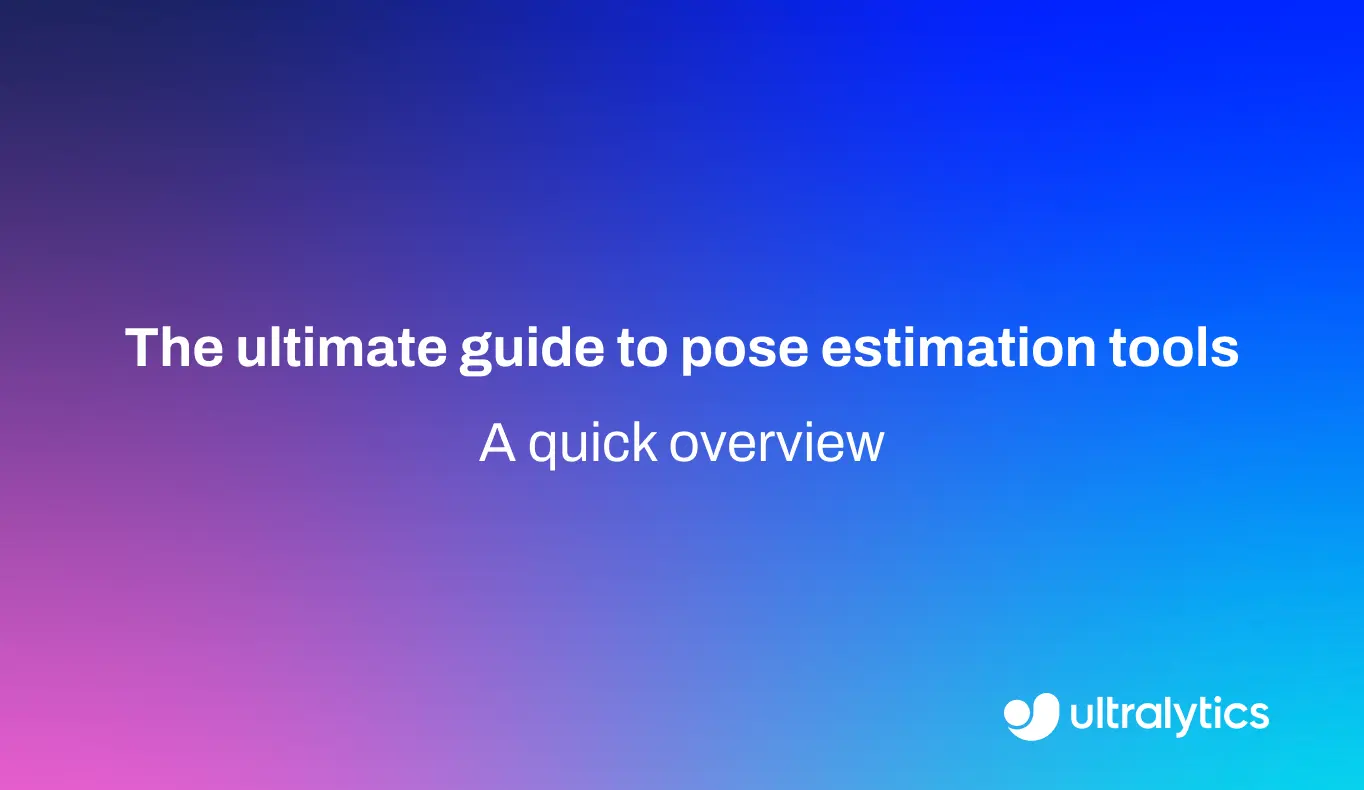Medical Image Analysis
Explore the transformative power of AI-driven Medical Image Analysis for accurate diagnostics, early disease detection, and personalized healthcare solutions.
Medical Image Analysis is a specialized field within
computer vision (CV) and
artificial intelligence (AI) that
focuses on the interpretation and extraction of meaningful insights from medical scans and images. This discipline
leverages advanced deep learning (DL) algorithms
to analyze complex data modalities such as X-rays, Magnetic Resonance Imaging (MRI), Computed Tomography (CT), and
ultrasound. By automating the detection of abnormalities and quantifying biological structures, medical image analysis
serves as a critical support system for radiologists and clinicians, enhancing diagnostic precision and enabling the
development of personalized
AI in healthcare treatment plans.
Core Techniques and Methodologies
The workflow in medical image analysis typically involves several key stages, starting with data acquisition in
standardized formats like
DICOM (Digital Imaging and Communications in Medicine). Following
acquisition, images undergo
data preprocessing to reduce noise and normalize
intensity values. The core analysis is then performed using neural networks, particularly
Convolutional Neural Networks (CNNs)
and newer architectures like
Vision Transformers (ViT), to execute
specific tasks:
-
Object Detection: This involves identifying and localizing specific anomalies, such as tumors, lesions, or fractures. Algorithms
draw bounding boxes around these regions of
interest, allowing for rapid assessment in emergency settings.
-
Image Segmentation: A more granular technique where the model partitions an image into distinct segments, pixel by pixel. This is
crucial for outlining organ boundaries or separating malignant tissue from healthy tissue, often utilizing
architectures like U-Net which is specifically designed for
biomedical image segmentation.
-
Image Classification: The model assigns a label to an entire image or a patch, categorizing it based on the presence or absence of a
condition, such as diagnosing pneumonia from a chest X-ray.
Real-World Applications in Diagnostics
Medical image analysis is rapidly transforming clinical workflows by providing automated "second opinions"
and handling labor-intensive tasks.
-
Oncology and Tumor Detection: Advanced models, including the state-of-the-art
Ultralytics YOLO11, are trained to detect tumors in brain
MRI scans or lung CTs. By training on labeled datasets like those found in
The Cancer Imaging Archive (TCIA), these models can identify
subtle nodules that might be missed by the human eye during fatigue. This application directly improves
recall rates in early cancer screening.
-
Digital Pathology and Cell Counting: In microscopy, pathologists analyze tissue samples to count
cells or assess disease progression.
Instance segmentation models can automate
the counting of blood cells or identify cancerous cells in histology slides, significantly speeding up the workflow.
Frameworks like MONAI (Medical Open Network for AI) are
frequently used to build these domain-specific pipelines.
The following Python snippet demonstrates how a pre-trained YOLO model can be loaded to perform inference on a medical
scan image, simulating a tumor detection task:
from ultralytics import YOLO
# Load the YOLO11 model (simulating a model trained on medical data)
model = YOLO("yolo11n.pt")
# Perform inference on a medical scan image
# Replace 'scan_image.jpg' with a path to a valid image file
results = model.predict("scan_image.jpg")
# Display the results with bounding boxes around detected regions
results[0].show()
Challenges and Related Concepts
While powerful, medical image analysis faces unique challenges compared to general computer vision.
Data privacy is paramount, requiring strict adherence
to regulations like HIPAA in the US and GDPR in Europe. Additionally, models must handle
class imbalance, as positive cases of a disease are often rare compared to healthy controls.
Distinguishing Related Terms
-
vs. Computer Vision: Computer vision is the overarching field encompassing all visual analysis by machines, from
autonomous vehicles to facial recognition.
Medical image analysis is a strictly regulated subset focused exclusively on biomedical data.
-
vs. Machine Vision: Machine vision typically refers to industrial applications, such as inspecting parts on a manufacturing line
using specific hardware sensors. Medical analysis deals with biological variability and diagnostic imaging
modalities rather than manufacturing defects.
-
vs. Data Analytics: Data analytics is a broad term for processing raw data to find trends. In healthcare, this might involve
analyzing patient records or genetic sequences, whereas medical image analysis is explicitly visual.
To ensure safety and efficacy, AI-based medical devices often undergo rigorous evaluation by bodies like the
U.S. Food and Drug Administration (FDA). Researchers and developers also rely on
data augmentation techniques to robustly train
models when annotated medical data is scarce. As the field evolves, the integration of
Edge AI allows for real-time analysis directly on medical
devices, reducing latency and bandwidth reliance in critical care environments.










